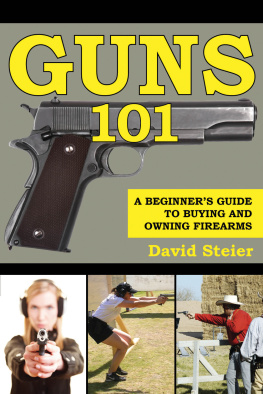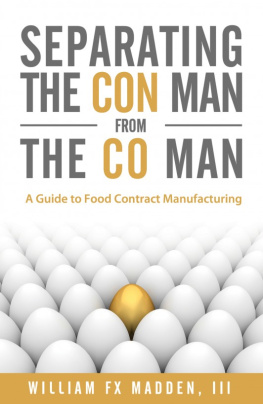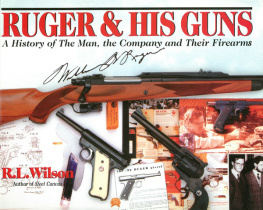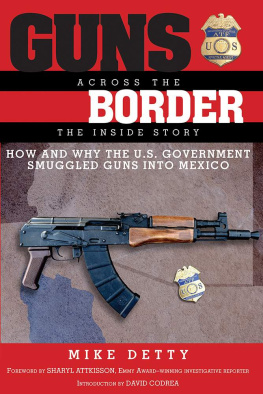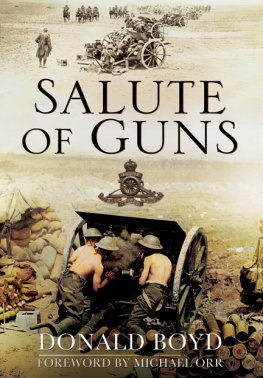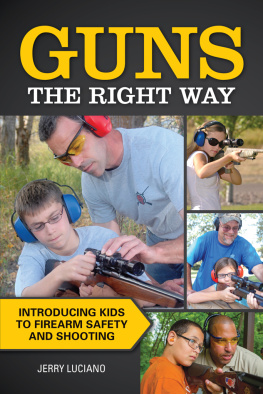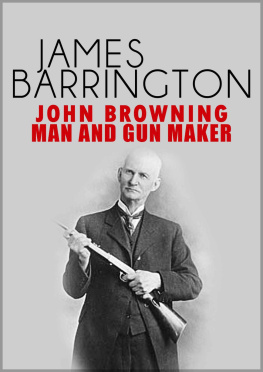Urgent, poignant and powerfully written, this book reads like a thriller and makes us think hard about what sort of world we want to build. Seth Godin, author
Harkins crafts a taut legal drama reminiscent of Jonathan Harrs A Civil Action in this story of a heroic lawyers quest for justice for the victim of a defective firearm. Brandon Maxfield was seven years old and living in Northern California with his mother and stepfather when in 1994 a bullet struck and paralyzed him. The firearm that caused the life-altering injury was a Bryco Model 38, which had a design defect After learning about the family tragedy, solo practitioner Richard Ruggieri launches a seemingly quixotic lawsuit against the manufacturers of the weapon, an effort that lasts well over a decade and is complicated by the manufacturers efforts to evade responsibility Publishers Weekly(Starred Review)
like a legal thrillerthe suspense is compelling.Move to Fire isnt an anti-gun screed its a passion project by a writer who knows how to mine facts, build characters, and use them to tell a terrific story. An engrossing, well-built narrative that pulled me through, page by page. Brian Fies, award winning author of Moms Cancer and Whatever Happened to the World of Tomorrow.
All practicing and aspiring forensic engineers should read Harkins captivating and detailed account of this extensive litigation, both comprehensively and brilliantly portrayed. Vaughn P. Adams, Jr., PHD, PE, InterACTION, official publication of the National Academy of Forensic Engineers
Copyright 2015 by Michael W. Harkins, all rights reserved.
Except as permitted under the U.S. Copyright Act of 1976, no part of this publication may be reproduced, distributed or transmitted in any form or by any means, or stored in a database or retrieval system, without the prior written permission of the author.
Back cover photo of Brandon Maxfield and Richard Ruggieri Photo courtesy of Law Center to Prevent Gun Violence and Greg Habiby, copyright Greg Habiby Images.
Cover design by Writesite & Story and Pictures, 2015
For media and sales inquiries, contact info@movetofire.com
To all those who go where and when others wont
Contents
Move to Fire is an only-in-America story. The people in it are all of us: parents, kids, business people, lawyers, good people, and bad people. There are guns, an accidental shooting, and a lawsuit. Its an American trifecta. Its our best, our worst, and exposes how little we may actually know about things for which we voice our opinions, sometimes voiced at the top of our lungs.
On controversial, hot button subjects, moderate, informed debaters are often drowned out by the loudest proponents of competing, extreme positions. Opinions about guns are a complex mix of personal and family history, programming, and, for many, anchored, visceral feelings about guns and responsibility, and it is those deep-seated feelings that make constructive dialog about guns difficult.
The more any opinion develops from and is fed by personal belief, the less likely facts and data will matter, even when an opinion holder knows objectively that the opinion is ill-informed or, simply, wrong.
This is especially true of opinions about guns.
Move to Fire is a journalistic narrative about people, events and crossed-paths, and about the tremendous commitment required to take on an apparently un-winnable cause. It corrects misconceptions about what happened to a little boy in 1994, why it happened, and recounts how the unwavering work of one man resulted in a measure of justice for a family, and a society, unjustly wounded by a dangerous status quo.
But underlying it all is something so crucially relevant yet widely unknown that without it there would be no Move to Fire story.
Americas consumer products are regulated by the Consumer Product Safety Commission (CPSC), an independent federal regulatory agency created in 1972 by Congress in the Consumer Product Safety Act. In that law, Congress directed the Commission to protect the public against unreasonable risks of injuries and deaths associated with consumer products.
But not if that consumer product is a gun. Thats not widely known, even though that exemption has been in place since the CPSCs formation.
As a rule, we do not rely upon industries to self-regulate in a free market democracy. Its rarely in industrys own best interests to do anything against itself, and history is replete with examples of companies that rationalized or delayed action on a problem rather than do the right thing. The Ford Pintos dangerous, defective gas tank issue and subsequent revelations that the company knew of the problem, and put the car in the marketplace anyway, stands as only one classic example of why keeping society safe is thought to require objective oversight.
For most products or services, industry-standard safeguards are in place to protect users and non-users, those people, communities, and environments that could be adversely affected by an industrys or business regulatory avoidance.
When a defect becomes known to a manufacturer, whether the defect is inadvertent or deliberate, and regardless of why the defect came to exist, the manufacturer is generally thought to have a legal, if not ethical responsibility to fix it. If for some reason the manufacturer will not undertake action or is slow to do so, the federal government, through the Consumer Product Safety Act, can require the manufacturer to act, including forcing the manufacturer to implement a product recall.
Unless the product is a gun.
On occasion when there have been guns with some kind of defect, some manufacturers have sent safety warnings or recall notices to gun dealers.
But not always.
Thats something else not widely known, that hundreds of gun models examined by the Bureau of Alcohol, Tobacco, Firearms and Explosives, law enforcement laboratories, independent laboratories, or the guns manufacturers, have been found to be defective in some manner.
More surprising, certainly, is that a defect in some of those models was that the gun could fire on its own, known as an unintentional discharge.
In the most extreme cases, there have been and are defective guns that can fire without the trigger being touched, but they cannot be recalled or taken off the market except by the manufacturer.
No government entity can force a gun manufacturer to recall a defective gun. Even a civil judgment against a gun manufacturer for a defective gun model cannot force that manufacturer to recall or remove all those models.
Attorney Richard Ruggieri puts it this way: When a child is injured by a blender, or lawnmower, or practically anything else, the full weight of the U.S. government is brought to bear to make sure that it doesnt happen to anyone else. But if its a gun, the only force brought to bear is that which can be mustered by an already overwhelmed child and his parents, whose primary concern has to be compensation to pay his medical bills, and even if he files a lawsuit against the manufacturer and wins, theres nothing to stop the manufacturer from continuing to sell the defective product and wait for the next injury.
So, the worst extension of all this is that an unethical gun manufacturer could choose to create and sell a gun it knew to be defective, and, still, no entity could stop that from happening.
That happened.
Rules, parameters, limitations, and restrictions are placed upon industry not to hinder progress or stifle growth, but to keep users and innocent bystanders, and society, safe. Products and services are made available to anyone who can pay for them. This includes the veteran user and first-time buyer, the easy adapter and the barely capable, the most intelligent and the illiterate. If you are going to sell to everyone, you arguably must make every effort to keep everyone who uses your product, and anyone close by, safe when the product is used in the manner intended.



